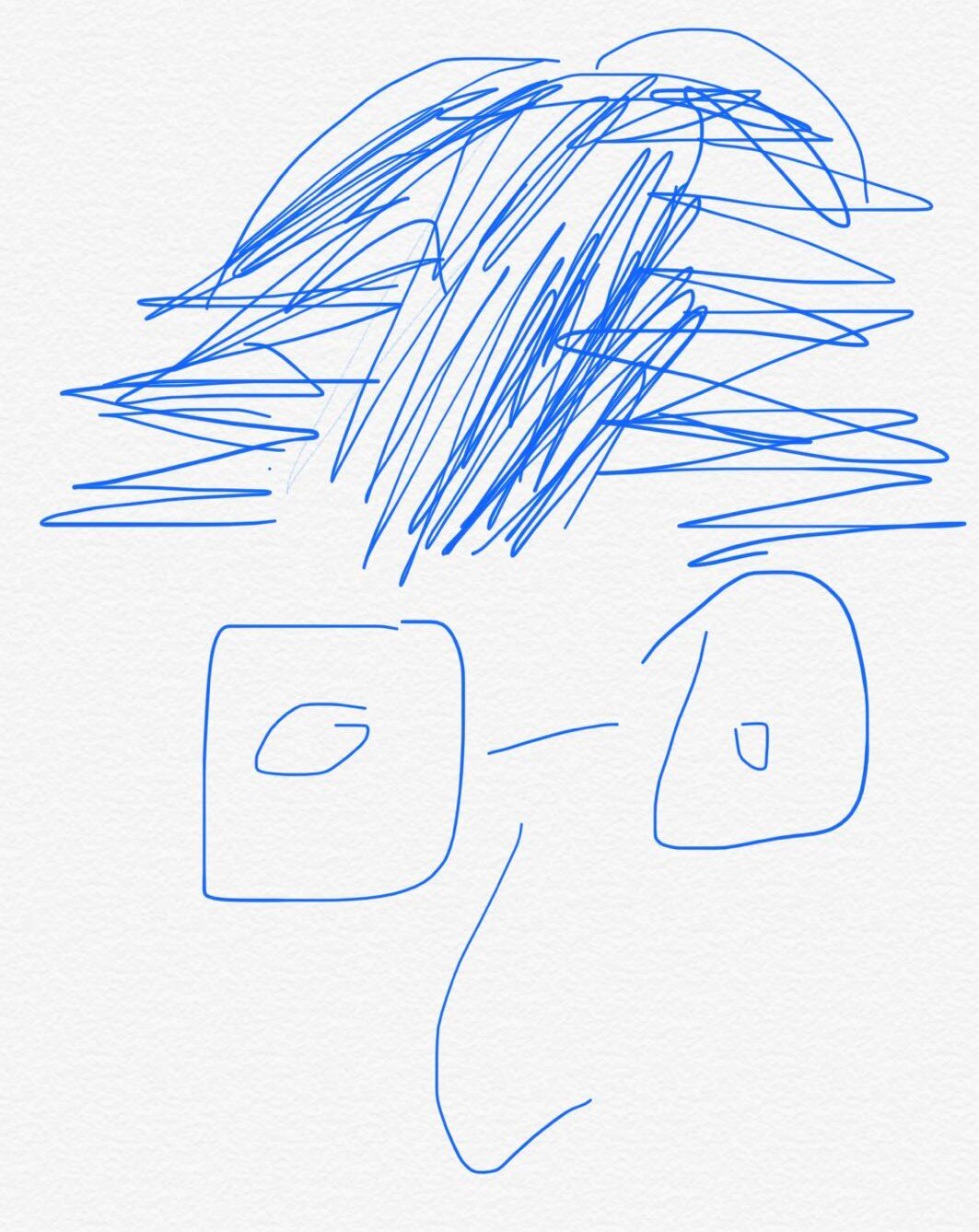C# 04 Study Notes Decision Statement
4.Decision Statement
4.1. Declare bool Variable
📌Romantic interpretation of Boolean
In the world of C# programming (unlike in the real world), everything is black or white, right or wrong, true or false.
📌true, false
bool areYouReady;areYouReady = true;Console.WriteLine(areYouReady);//output is true
4.2. Use bool Variable
📌equality operator
They are ==, !=.
| Operator | Meaning | Example | Output(if age=42) |
|---|---|---|---|
== | Equal to | age == 100 | false |
!= | Not Equal to | age != 0 | true |
📌relational operator
| Operator | Meaning | Example | Output |
|---|---|---|---|
< | Less than | age < 21 | false |
<= | Less than or equal to | age <= 18 | false |
> | Greater than | age > 16 | true |
>= | Greater than or equal to | age >= 33 | true |
📌conditional logic operator
&& , logic AND
||, logic OR.
📌Bad habit using logic operator🚨
❌ Error:
xxxxxxxxxxbool flag = num >= 0 && <= 100; //ERROR!!!This is hell wrong! When playing with logical operator, the variable can only appear once at a time.
😶 Not good but OK:
xxxxxxxxxxbool flag = num >= 0 && num <= 100;😄 Clear:
xxxxxxxxxxbool flag = (num>=0)&&(num<=100);
📌Short-circuiting⭐️
This is very useful for boosting the performance of the codes🚀:
Write the easier and computation-less condition on the LEFT side of the operator.
xxxxxxxxxxint num = -10;bool flag = (num>=0) && (num<=100);xxxxxxxxxxint num = -10;bool flag = (num<=100) || (num>=0);Apparently, putting the easier codes on the left is more efficient as they will jump out of the condition soon.
📌operator precedence and associativity⭐️
The operators higher up in the table take precedence over operators lower down:
https://docs.microsoft.com/en-us/dotnet/csharp/language-reference/operators/
4.3. if-else Statement
📌sample of if
xxxxxxxxxxif(flag){ //..}else if(flag2){ //..}else{ //..}
📌good and bad examples
❌Error:
xxxxxxxxxxint num = 10;if(num){ //..}Since num is not boolean, it can't be placed into the ().
👍Recommend:
xxxxxxxxxxbool flag = true;if(flag){ //..}😶OK, but not recommend:
xxxxxxxxxxbool flag = true;if(flag==true){ //..}
4.4. switch Statement
📌When should we use switch?
Use it when you have multiple and parallel conditions.
xxxxxxxxxxint day = 5;string dayName = "";switch (day){ case 0: dayName = "Sunday"; break; case 1: dayName = "Monday"; break; case 2: dayName = "Tuesday"; break; case 3: dayName = "Wednesday"; break; //.. default: dayName = "Unknown"; break;}
📌Rules Using switch
casemust be unique.- every
caseshould be ended withbreak
📌What is fall-through?
xxxxxxxxxxswitch(flag){ case Hearts: case Diamonds: color="Red"; break; case Clubs: case:Spades: color="Black"; break; default: color=null; break;}In short, it combines conditions with same behaviors.
